Over the next 15 years, San Antonio is expected to grow by 28% and add 606,325 people.
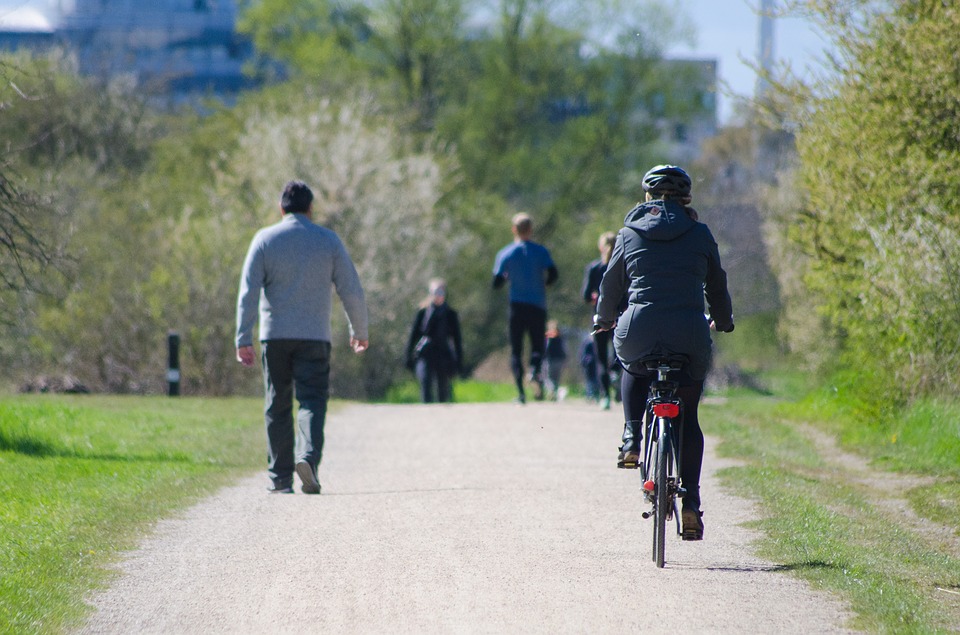
Unless we invest in more bike/ped/transit infrastructure, traffic will become a big problem (Rivard Report).
San Antonio has the 2nd worst walk and bike scores among cities with 1 million or more people. It has a walk score of 35, a bike score of 45 and transit score of 36 out of 100.
San Antonio has the 6th highest percentage of overweight adults in the US — a staggering 38.5% (WalletHub). Unfortunately, obesity in SA is going up.
A study found that cycling 30 miles per week cuts heart disease and cancer risk in half. Cyclists had a 41% lower risk of premature death compared to those who regularly travel to work by car. The avid riders had a 46% lower risk of cardiovascular disease and a 45% lower risk of developing cancer (The British Medical Journal).
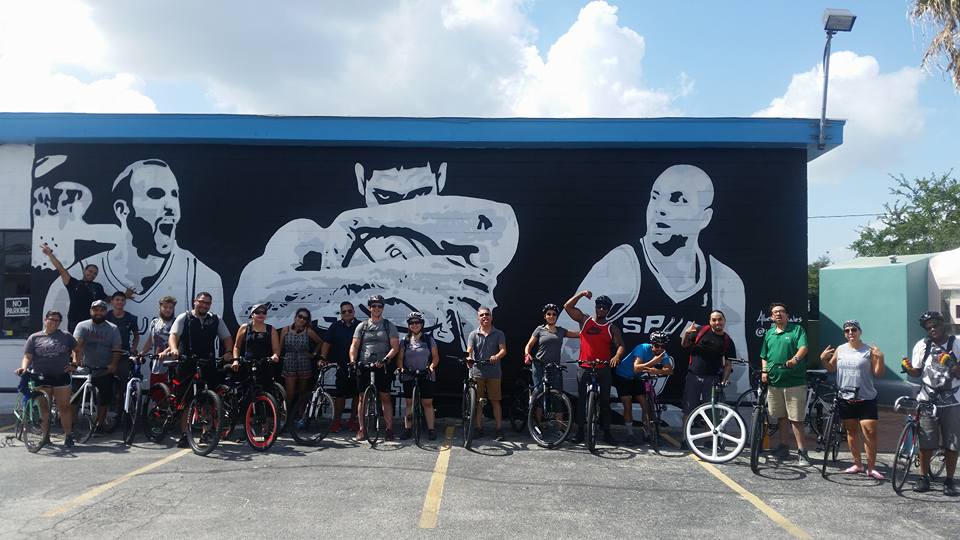
Although electric cars are better for the environment, they still pollute since most of our electricity comes from polluting sources. Car use doesn’t just harm the environment, it increases obesity, isolation, personal monetary costs and roadway costs, asthma, crime and more (World Health Organization).
The US transportation sector produces about 30% of all US global warming emissions, more than almost any other sector.
53% of people would like to bike more but are concerned about their safety from car traffic. 64% of people who would like to bike more say that protected bike lanes would help them bike more (People for Bikes).
Protected bike lanes decrease injuries and fatalities up to 90%.
In one study, 78% of respondents said they want to live in areas that help reduce their gas bills.
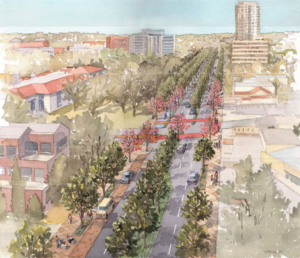
Households in auto-dependent communities devote 20% more to transportation than those with Complete Streets.
Auto-oriented, car-dependent cities are discriminatory against those who cannot drive — the poor, the young, the elderly and the disabled. These people deserve safe, comfortable and convenient ways to get around the city.
Bicycling is a fun way to get around town! It has been shown to actually improve mental well-being. One study, published in the Journal of Diabetes Complications found that after cycling for 12 weeks, participants saw a boost in brain-derived neurotrophic factor (BDNF), a protein responsible for regulating stress, mood, and memory.
Cycling also improves one’s self-perception and sense of self-worth, resulting in higher self-esteem. These improvements are even stronger for mental health patients and people suffering from mild depression. So it can potentially be just as effective (if not more effective) than psychotherapy.
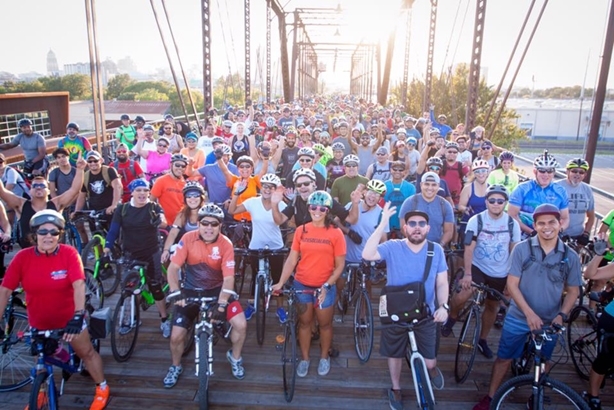
Depending on street configuration improvements, bike lanes have actually decreased traffic delay. (NYCDOT)
Bicycle infrastructure not only increases safety for cyclists but it makes it safer for all road users. (Journal of Transport & Health)
Bike lanes benefit businesses
In New York City, the addition of a protected bike lane on two major streets led to “a 50 percent increase in sales receipts.”
69% of motorists in one study said they support the installation of protected bike lanes.
In San Francisco, after a bike lane was added on Valencia Street “two-thirds of the merchants said bike lanes had been good for business.”
In Seattle, the creation of a new bike lane, which eliminated 12 on-street parking spaces resulted in a serious increase in retail sales along the street.
When a new protected bike lane was installed on Broadway in Salt Lake City, sales on the street rose 8.8%, in spite of the fact that the bike lanes decreased on-street parking by 30%. Surveys of business owners along the street showed that a majority of them felt that the change was positive, and most of the remaining business owners felt neutral about it (People for Bikes).
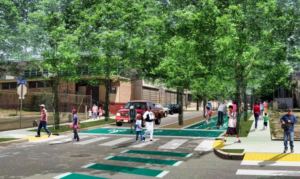 In 2013, the city of Vancouver installed protected bike lanes on a key street, which involved removing 20 parking spaces. For business owners along this corridor, their initial fears about losing sales did indeed come true. But that was only a short-term result. Soon after the bike lanes were installed, one local restaurant owner happily reported that business was better than ever and stated, “We definitely have benefited from the increased usage of the bike lane.” With a slew of bike riders now streaming by, he was able to reach a range of new customers.
In 2013, the city of Vancouver installed protected bike lanes on a key street, which involved removing 20 parking spaces. For business owners along this corridor, their initial fears about losing sales did indeed come true. But that was only a short-term result. Soon after the bike lanes were installed, one local restaurant owner happily reported that business was better than ever and stated, “We definitely have benefited from the increased usage of the bike lane.” With a slew of bike riders now streaming by, he was able to reach a range of new customers.